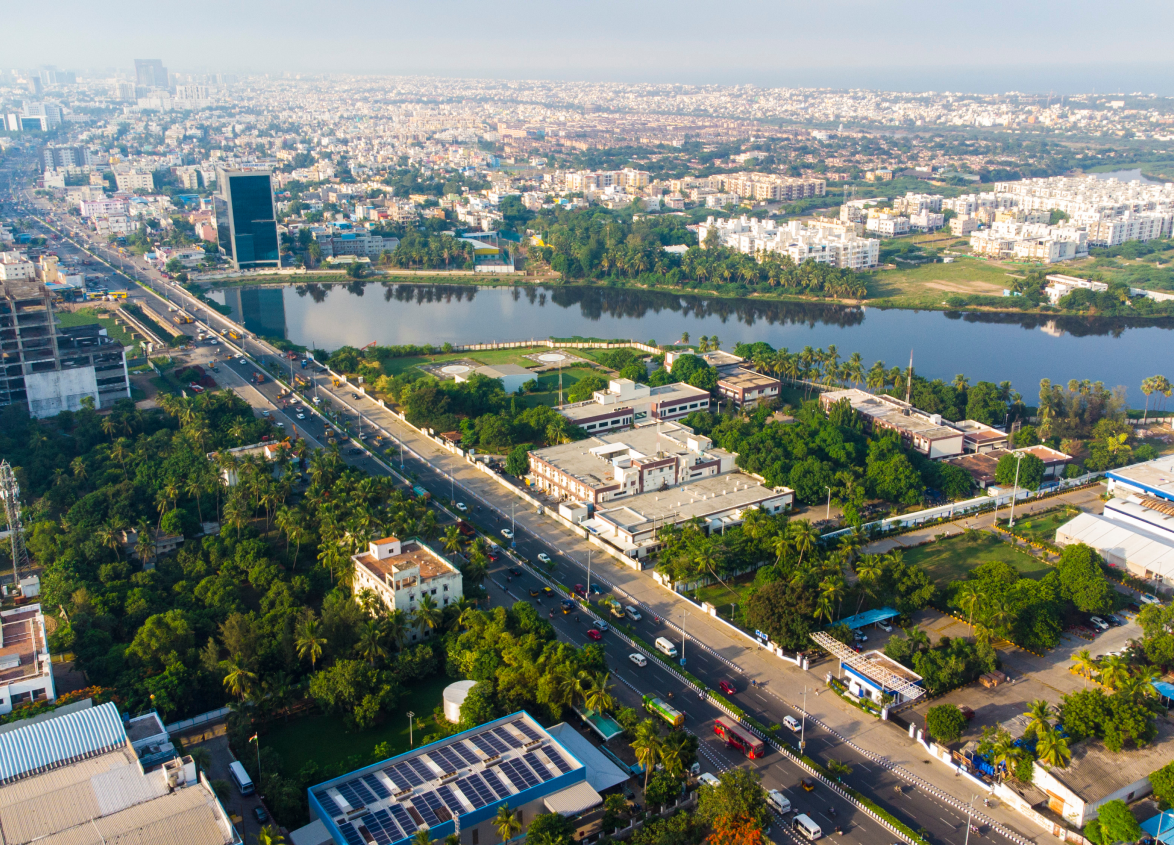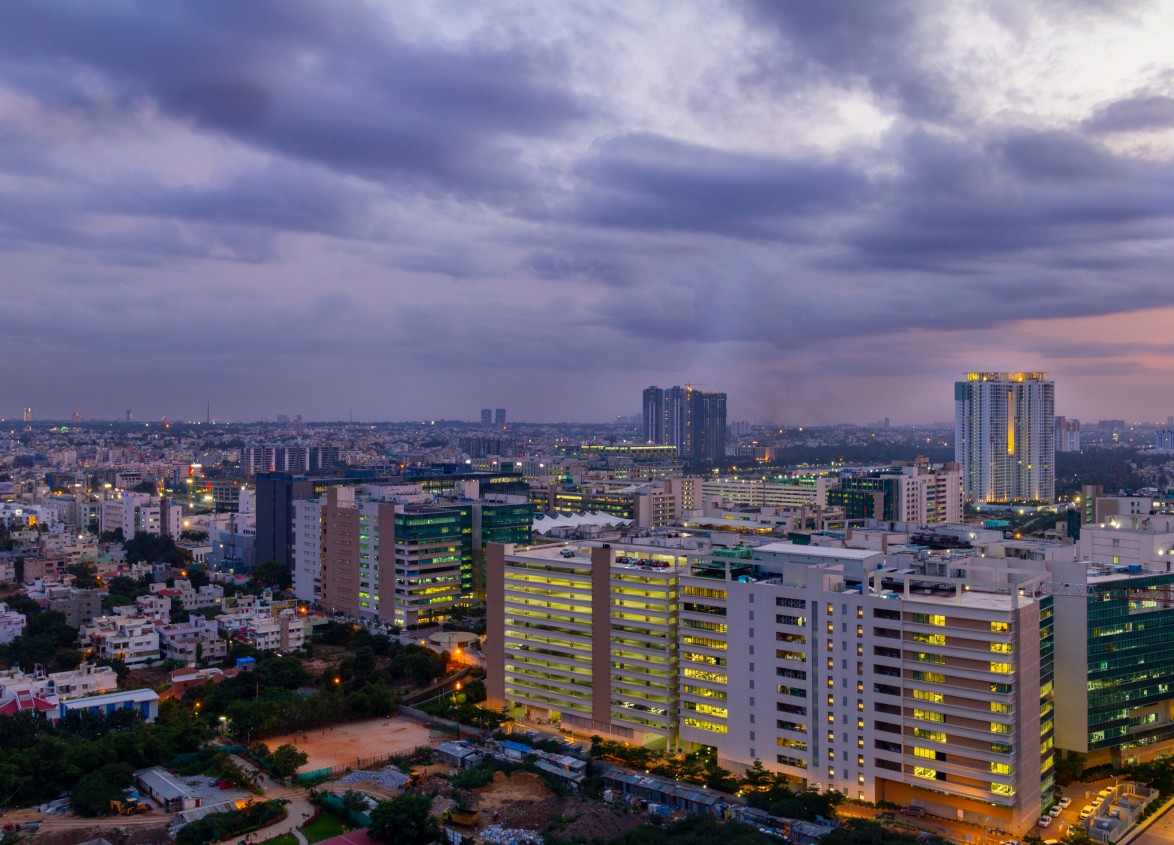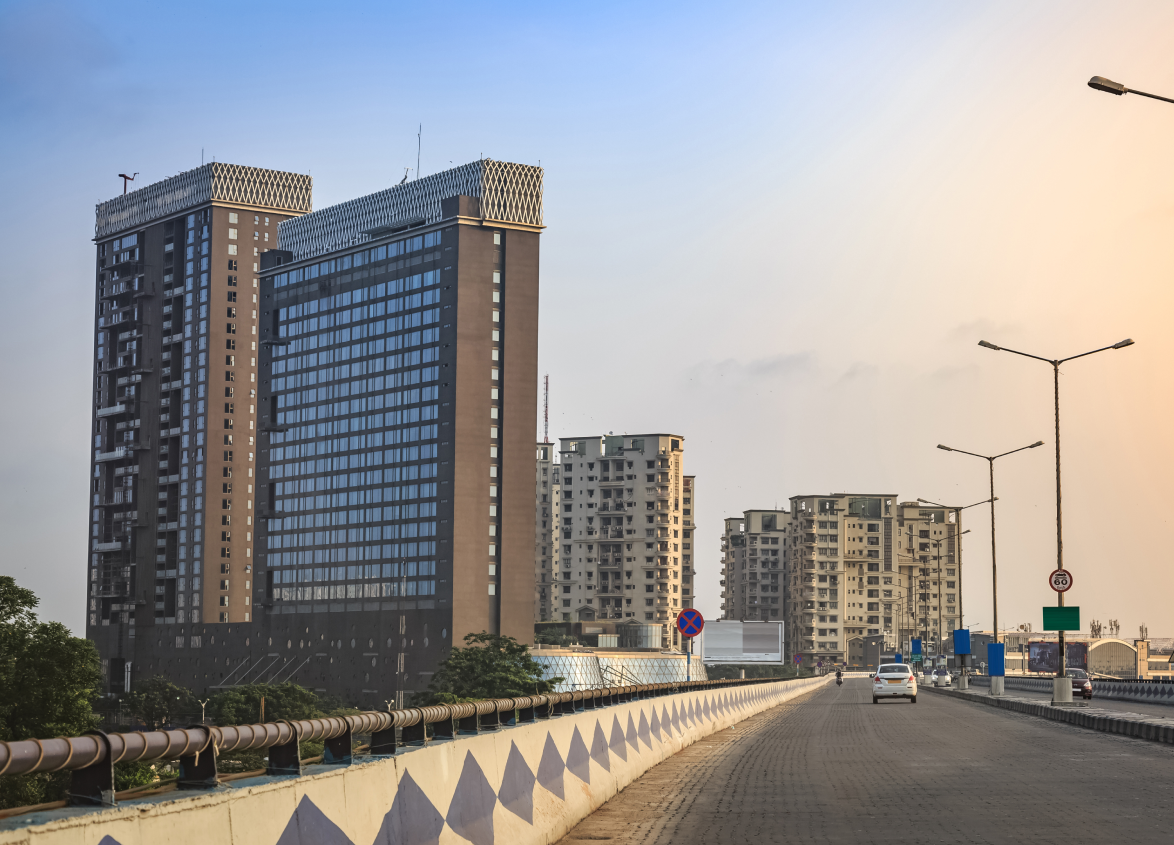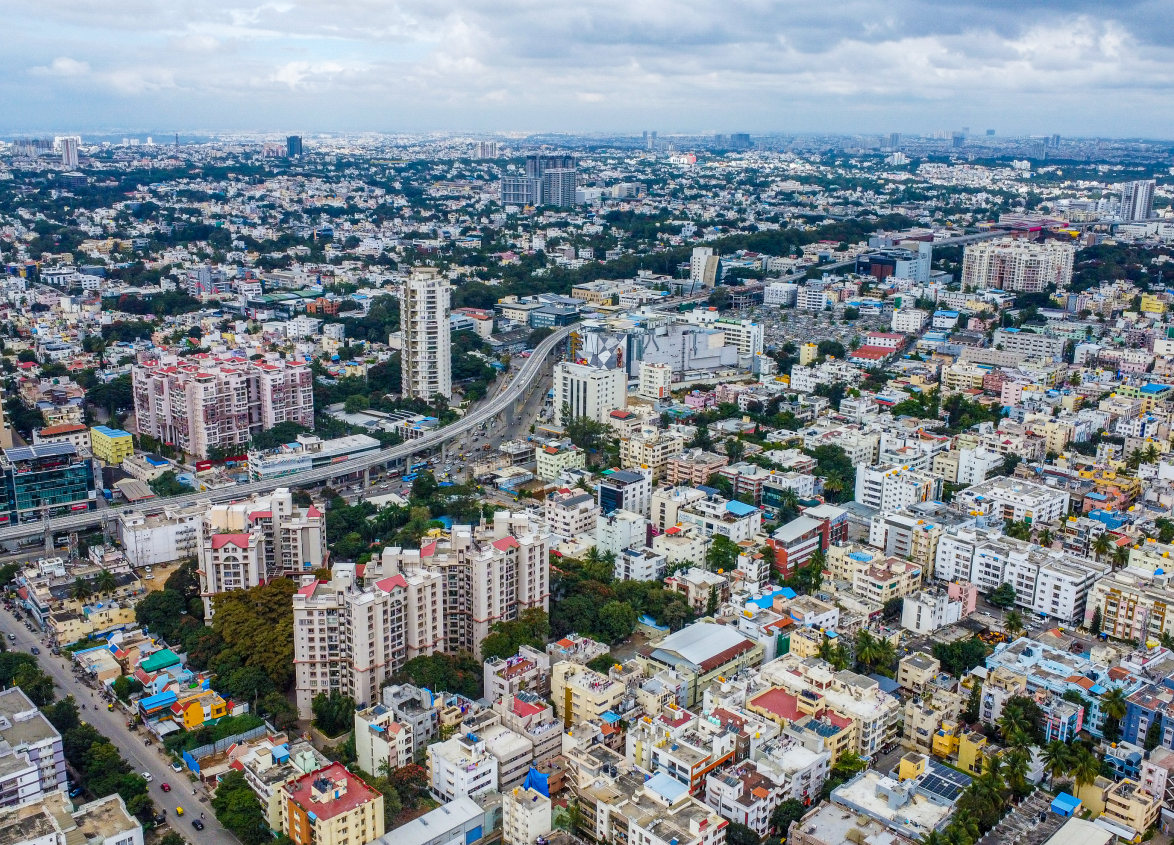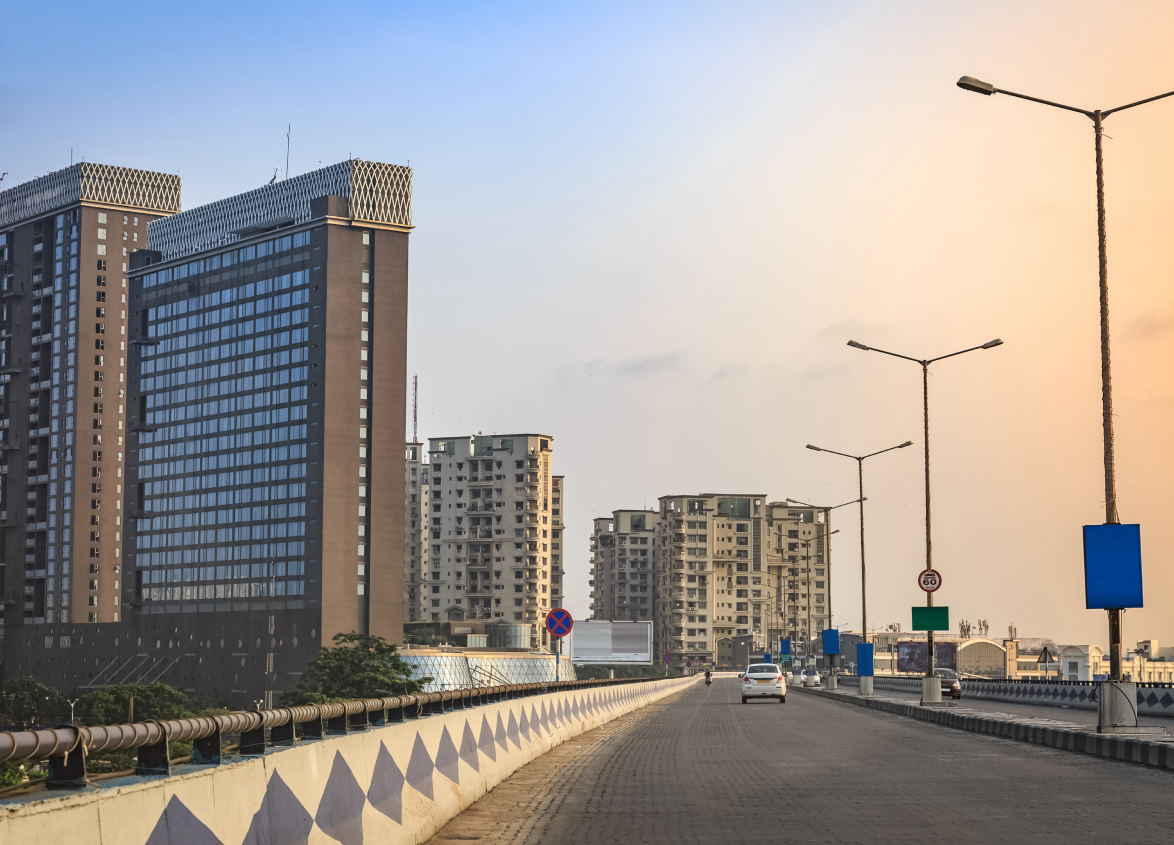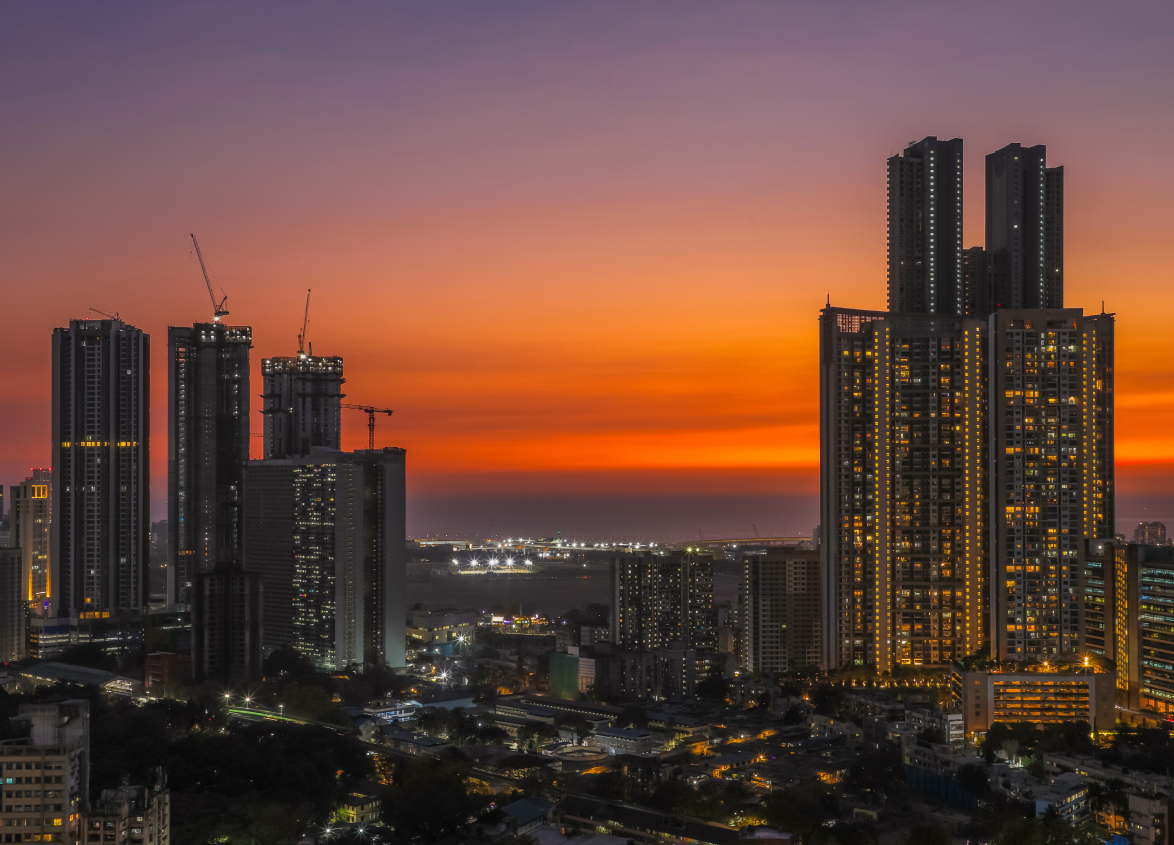
Residential
Right to Property in India: History, Legal Evolution and Contemporary Relevance
June 10, 2025
The right to property has shaped India's democratic, legal and socio-economic order. Once a fundamental right under the Indian Constitution, it was reclassified as a constitutional legal right due to political, social and historical changes.
Although the right to property is no longer as firmly safeguarded as it was, it is still a component of liberty and economic growth.
In this comprehensive blog, we’ll explore the origin, constitutional journey, legislative framework, current relevance and the challenges around the right to property in India.
What is the Right to Property?
Property rights refer to individuals' legal right to acquire, own, use and dispose of property. Property includes land, buildings, movable goods, intellectual property and even digital assets over which ownership can be exercised.
In law, property rights entail:
- The right to hold
- The right to utilise
- The right to manage
- The right to earnings
- The right to capital
- The right to alienate or assign
Historically, this right has been regarded as central to preserving individual liberty and dignity. Property provides people with economic independence and protects against poverty and arbitrary state action. In this context, access to secure, legally compliant housing and commercial spaces, such as those developed by trusted real estate players like Brigade, becomes essential in realising the spirit of property ownership as a pillar of dignity and freedom.
The Significance of Property Rights as a Fundamental Right
While property rights are legal as per Article 300A of the Indian Constitution, their erstwhile status as a fundamental right underscores their profound importance in a democratic country. Property rights are legal and essential for economic growth, social equilibrium and individual liberty.
The following are some reasons why:
Economic Growth
Economic growth has property rights at its core. People with secure legal rights over their property, home, or business assets will invest, innovate and take a long-term perspective. Secure property ownership entices investment, promotes access to credit (because property is used as collateral) and stimulates entrepreneurship. Nations with good protection of property rights experience higher GDP growth, better business climates and a robust private sector.
Social Stability
Security in their property and confidence that the property will not be stripped from them will enable trust in the government and promote peace. Unclear or weak property rights usually breed conflict, encroachment and domestic strife. A system that ensures equal and legal property ownership helps promote a peaceful, stable society whose members feel safe under one law.
Individual Freedom
Property rights are inextricably linked to a person's freedom. They make one economically self-sufficient, capable of owning one's environment and making autonomous decisions. Whether it is their dwelling, land, or small enterprise, property rights enable people to mould their lives. Without it, freedom is gone—people are at the mercy of the government, eviction is possible and economic dependence is inevitable.
Rule of Law
Granting property rights as a fundamental right strengthens the rule of law pillar. It provides that no citizen can be dispossessed of property without a fair process, and all governmental action is amenable to constitutional checks and balances. If property rights are fundamental, any encroachment can be brought before the Supreme Court, and citizens have a potent legal remedy. This establishes equity, checks arbitrary power and ensures governance as per constitutional law.
Constitutional History of the Property Right in India
The right to property is a fundamental right under two provisions:
- Article 19(1)(f): Provided Indian citizens with the right to own, hold and dispose of property.
- Article 31: Ensures the right of property and safeguards citizens against compulsory property acquisition by the state, except under a law and subject to compensation.
These provisions were made to protect individual rights while ensuring the state's power to acquire property for public purposes.
Why Was the Right to Property Removed from Fundamental Rights?
The elimination of the right to property from the list of basic rights in 1978 was a significant constitutional amendment. The rationale behind this was deeply entrenched in Indian political and economic experience.
Key Factors:
- Socialist Theory of the State: After independence, India took the socialist development route. Land reform and the abolition of the zamindari system necessitated land redistribution to increase equity, which contravened the right to property, a fundamental right.
- Public Interest and Infrastructure Creation: Land acquisition on a mass scale was necessary for dams, roads and public works. The necessity for quicker acquisition procedures frequently clashed with the need to offer "just compensation."
- Judicial Restraints: The judiciary invalidated several land reform laws under Article 31 based on violations of fundamental rights. This was seen as a restraint on progressive legislation.
44th Constitutional Amendment and Article 300A
The 44th Amendment Act of 1978 abrogated Articles 19(1)(f) and 31 of Part III of the Constitution. Article 300A was added in Part XII: "No person shall be deprived of his property save by authority of law."
Implications:
- The right to property was downgraded from a fundamental right to a legal or constitutional right.
- The state is no longer obliged to deny a person his property without offering a remedy based on an integral right.
- Individuals may go to the High Courts under Article 226, but not the Supreme Court under Article 32.
Current Legal Position of the Right to Property
The right to property in India has transitioned from a fundamental right to a constitutional legal right, now protected under Article 300A. Although it no longer enjoys the same status or direct enforceability in the Supreme Court, it still offers significant legal safeguards.
Explanation of Article 300A
Article 300A, introduced through the 44th Amendment Act of 1978, states:
“No person shall be deprived of his property save by authority of law.”
This means the government cannot dispossess an individual of their property without the backing of a valid law. The article was inserted through the 44th Amendment Act of 1978, after the Right to Property was removed from the list of fundamental rights.
Though not a fundamental right, it remains enforceable through the High Courts under Article 226.
Key aspects include:
- Applies to both citizens and non-citizens.
- Allows the state to acquire property for public use.
- Requires acquisition to be done through lawful means.
Scope and Limitations
The scope of Article 300A is broad in that it applies to all persons—citizens and non-citizens alike. It safeguards all types of property, both residential and commercial land, movable and immovable, tangible and intangible. However, as a legal right, it is subject to greater limitations than fundamental rights:
- The State can acquire property for a public purpose, provided there is legal backing.
- Compensation is not guaranteed under Article 300A, although in most cases, fair compensation is offered under specific land acquisition laws (e.g., the Right to Fair Compensation and Transparency in Land Acquisition, Rehabilitation and Resettlement Act, 2013).
- It can be regulated or restricted through ordinary legislation without passing the high threshold required for amending fundamental rights.
In short, Article 300A offers protection, but not the absolute shield that came with being a fundamental right.
How It Differs from Fundamental Rights
- No Direct Access to the Supreme Court: Unlike Articles 14, 19, or 21, violations of Article 300A do not allow the aggrieved party to contact the Supreme Court directly under Article 32.
- Subject to Legislative Control: Parliament or state legislatures can make laws that restrict or even extinguish property rights as long as they pass constitutional muster and are not arbitrary.
- Weaker Remedies: While legal remedies still exist (through High Courts), the protections are not as stringent or immediate as those provided to fundamental rights.
- Balance of Interests: The shift reflects a broader intent to balance individual ownership rights with society's collective needs, such as urban development, environmental protection and social equity.
Interpretation by Courts: Importance of Due Process and Public Purpose
Indian courts have played a crucial role in interpreting Article 300A to ensure that the spirit of justice and fairness is preserved, even if the right is no longer fundamental. For example, in K.T. Plantation Pvt Ltd. v. State of Karnataka (2011), the Supreme Court clarified that deprivation of property under Article 300A should not be arbitrary and must include procedural fairness.
Key judicial interpretations include:
- Due Process: Courts have consistently held that property cannot be taken without due process of law. The law must be valid, not arbitrary and allow the individual to be heard.
- Public Purpose: Property acquisition must serve a legitimate public interest, such as infrastructure, housing, or economic development. Any misuse or vague justification may render the acquisition unlawful.
- Fair Compensation: While Article 300A doesn’t mandate compensation, courts often emphasise that reasonable compensation strengthens the legitimacy of acquisition and protects citizens from economic injustice.
Right to Property in Urban and Rural Contexts
Urban India:
- Property rights intersect with town planning, environmental regulations and zoning laws.
- Encroachment on public land often leads to legal action where urban slum dwellers’ housing rights and eviction laws clash.
- Apartment ownership, gated communities and title verification are essential aspects of urban property law.
Rural India:
- Land is central to livelihood. The absence of clear titles and digitised records causes disputes.
- Inheritance of agricultural land and tenancy reforms dominate rural property issues.
- Government initiatives like the Bhoomi Project in Karnataka and the SVAMITVA Scheme aim to resolve these gaps nationally.
Land Acquisition and Compensation Laws
The state can acquire private land for public use, which must follow due process. The law governing this process today is:
The Right to Fair Compensation and Transparency in Land Acquisition, Rehabilitation and Resettlement Act, 2013 (LARR Act)
- Replaced the colonial-era Land Acquisition Act, 1894.
- Provides for fair compensation, social impact assessment, rehabilitation and resettlement of affected families.
- Requires consent from 70-80% of affected landowners in some cases (PPP or private projects).
- Enhances transparency and participation.
Right to Property and Real Estate
Key implications for homeowners and buyers of private property rights:
- Buyers must conduct due diligence, including checking ownership documents, title clearance, encumbrance certificates and mutation records.
- Registration under the Transfer of Property Act, 1882 and the Registration Act, 1908, is mandatory.
- The Real Estate (Regulation and Development) Act (RERA), 2016, brings transparency for buyers in under-construction properties.
Property Card:
- Karnataka’s UPOR initiative and the Bhoomi portal provide digitised property cards.
- These are valid documents for verifying ownership, aiding in home loans and preventing fraud.
Right to Property and Inheritance
Inheritance laws differ by religion in India:
- Hindu Succession Act, 1956: This act applies to Hindus, Jains, Buddhists and Sikhs and allows equal rights for daughters (post-2005 amendment).
- Muslim Personal Law: Involves sharers and residuary heirs with fixed shares.
- Indian Succession Act, 1925: Applies to Christians and Parsis.
Women’s right to property in India has improved, but practical barriers like patriarchal norms, lack of awareness and legal formalities still restrict access.
Challenges in Enforcing the Right to Property
1. Encroachment and Illegal Occupation: Weak enforcement of eviction and boundary laws.
2. Fraudulent Transactions: Fake sale deeds, forged signatures and benami ownership.
3. Slow Judicial Processes: Property cases often take years in Indian courts.
4. Lack of Clear Titles: Many properties lack digitised or transparent records, especially in rural areas.
5. Displacement: Development projects often displace families without adequate rehabilitation.
6. Gender Discrimination: Women still face social resistance in inheriting and owning property.
Government Initiatives to Strengthen Property Rights
- Bhoomi Project (Karnataka): Digitised land records, mutation tracking and access to RTCs online.
- Digital India Land Records Modernisation Programme (DILRMP): Nationwide effort to digitise land records and integrate registration with revenue systems.
- SVAMITVA Scheme: Drone-based mapping and issuance of ownership cards in rural India.
- PMAY (Urban/Rural): Pradhan Mantri Awas Yojana promotes legal home ownership by supporting affordable housing.
Right to Property as a Human Right
Globally, the property right is recognised as a human right under Article 17 of the Universal Declaration of Human Rights (UDHR):
“Everyone has the right to own property alone and in association with others. No one shall be arbitrarily deprived of his property.”
Although India removed property from its list of fundamental rights, the Supreme Court has interpreted Article 300A to align with global principles of fairness, proportionality and non-arbitrariness.
Conclusion
The journey of the right to property in India reflects the dynamic balance between individual liberty and public good. From its status as a fundamental right to being reclassified as a constitutional legal right, the evolution mirrors the country's broader commitment to economic equity and social justice.
Today, property rights still hold tremendous significance, whether in enabling affordable housing, preventing land disputes, securing bank loans, or ensuring legal inheritance. With the push for digital records, transparent registration systems and public empowerment, India is moving toward a more robust, accessible and citizen-centric land governance system.
Strengthening property rights enforcement, promoting awareness and ensuring that reforms benefit the most vulnerable are urgent needs. In doing so, we honour the Constitution's original spirit while adapting to the changing needs of a developing democracy.
FAQs
1. Is the Right to Property a fundamental right in India today?
No, the Right to Property is no longer a fundamental right. In 1978, the 44th Constitutional Amendment removed it and made it a constitutional legal right under Article 300A.
2. What does Article 300A of the Indian Constitution state?
Article 300A says: “No person shall be deprived of his property save by authority of law.” This means the government can acquire property only through a valid legal process.
3. Can I approach the Supreme Court if my property is taken illegally?
No, you cannot directly approach the Supreme Court under Article 32. However, you can challenge illegal deprivation of property in the High Court under Article 226.
4. Why was the Right to Property removed as a fundamental right?
It was removed to facilitate land reforms, enable equitable redistribution and allow the state to acquire property for public welfare without legal delays.
5. Can the government take my property under Article 300A?
Yes, but only with due legal process and, usually, compensation. Arbitrary or unlawful acquisition without proper law is unconstitutional.
6. What is the difference between a fundamental right and a legal right?
The Constitution guarantees fundamental rights and can be enforced directly in the Supreme Court. Legal rights are granted by law and must be implemented through regular legal procedures, typically in the High Courts.
MUST READ
Looking for something specific?
We'd be delighted to help you.





